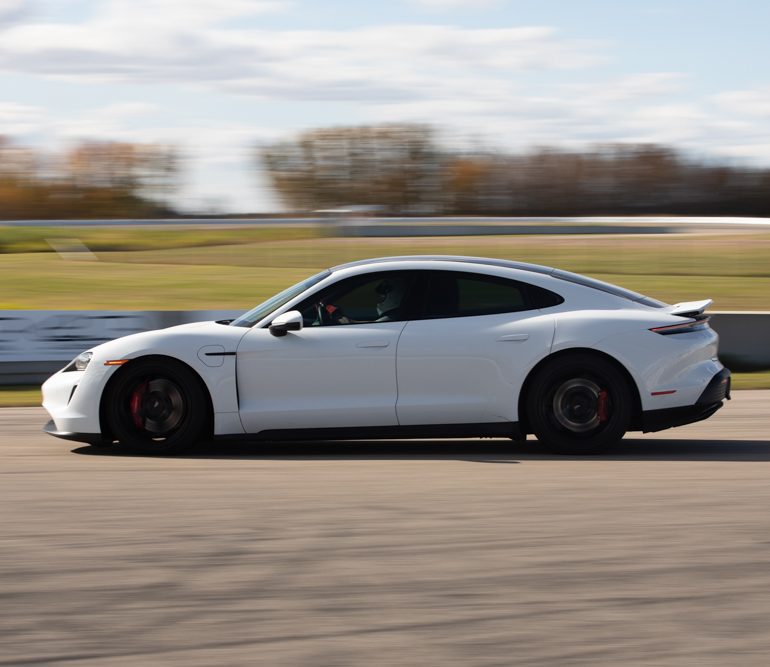Welcome to Part 2 coverage of my first long distance trip in the Porsche Taycan 4S. As a quick recap, I made a ~270 km trip – mostly highway driving – to attend an HPDE. So far, things had gone relatively smoothly (though not ideally), with lots of take-aways and useful knowledge gained for the future trips.
You can read the full version of Part I, here.



